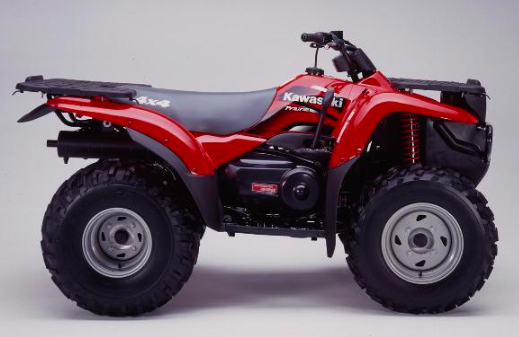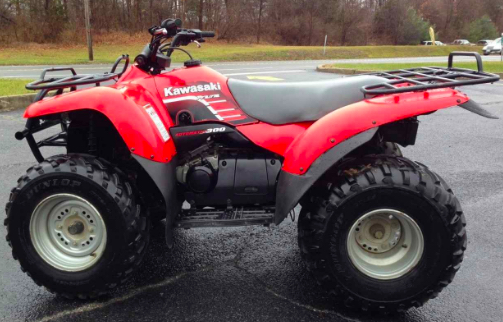
Regarding ATVs, the Kawasaki Prairie 300 stands out for its robustness and dependability. Yet, regardless of its reputation, no vehicle is exempt from occasional hiccups. This piece sheds light on typical issues that might plague a Kawasaki Prairie 300 owner.
Identifying Common Kawasaki Prairie 300 Problems

- Engine Concerns: A hallmark of the Prairie 300 is its single-cylinder, four-stroke engine, renowned for its steadiness. Still, some have encountered issues like overheating, misfires, or diminished compression.
- Transmission Troubles: Equipped with a sturdy five-speed manual transmission, occasional reports hint at unexpected slipping, unsettling noises, or grinding sensations.
- Electrical Glitches: Simplicity defines the Prairie 300’s electrical blueprint. Yet, there are instances of malfunctioning electrical parts, expired batteries, or blown fuses.
- Suspension Setbacks: Boasting a dual A-arm suspension known for comfortable maneuvering, some owners pinpoint issues like weakened shock absorbers, misaligned linkages, or impaired springs.
- Braking Barriers: Hydraulic disc brakes of the Prairie 300, known for their effectiveness, sometimes show signs of being spongy, emitting squeals, or having misshapen rotors.
- Tire Tribulations: Built for rugged terrains, there have been reports of tire-related problems like punctures, excessive wear, or visible damage.
- Exhaust Entanglements: While its exhaust mechanism is straightforward, concerns arise over leakage, corrosion, or structural impairments.
- Additional Anomalies: Beyond the mentioned, some users have noted varied issues, including leakage, deterioration, and structural damage.
Proactive Prevention
Consistent maintenance is key to ensuring your Kawasaki Prairie 300’s longevity. Regular rituals like oil changes, tire pressure checks, and visual inspections for wear or damage are essential.
Effective Troubleshooting
Encountering an issue with the Kawasaki Prairie 300? Begin by referencing the user manual for potential solutions. If the problem persists, seeking the expertise of a proficient mechanic might be the next step.
In Conclusion
The Kawasaki Prairie 300 epitomizes reliability in the ATV world. However, being informed about its occasional pitfalls can empower owners to address issues promptly and effectively.
Digging Deeper
For those hungry for more insights on Kawasaki Prairie 300 problems, resources are abundant on the official Kawasaki portal and dedicated ATV forums.
A Personal Perspective
Drawing from personal experience, having been a proud Prairie 300 owner for over half a decade, I’ve navigated some of the challenges outlined above. The journey has been enlightening, teaching me the nuances of diagnosing and mending these issues. I hope this article proves beneficial to fellow enthusiasts. For any queries or insights, the comment section awaits your input.
